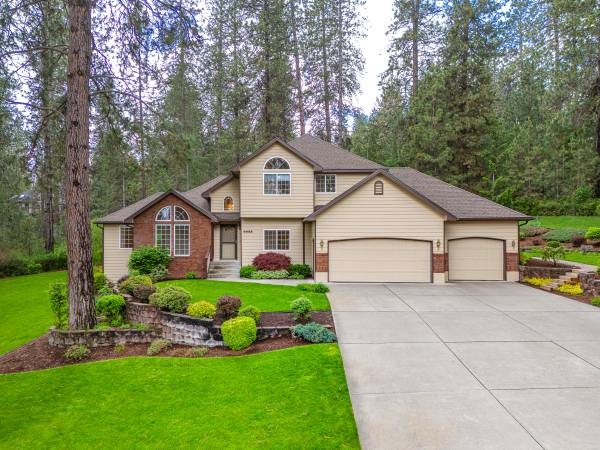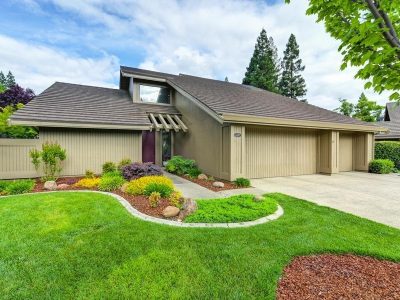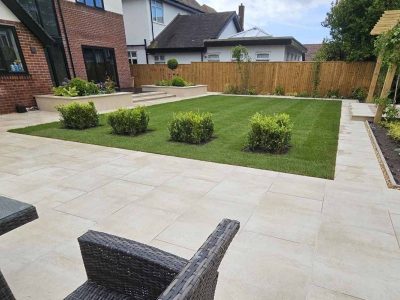In 2024, the trend of creating seamless indoor-outdoor living spaces is more popular than ever. Homeowners are increasingly looking to extend their living areas beyond the confines of their homes, merging the comfort of indoor spaces with the natural beauty of the outdoors. This article explores the latest trends, benefits, and practical tips for designing outdoor living spaces that blur the line between indoors and outdoors.

The Rise of Indoor-Outdoor Living
Health and Wellness Benefits
One of the primary drivers behind the popularity of indoor-outdoor living spaces is the health and wellness benefits they offer. Spending time outdoors has been shown to reduce stress, improve mood, and enhance overall well-being. According to the National Institute of Health (NIH), exposure to natural light and fresh air can significantly improve mental and physical health.
Increased Living Space
Indoor-outdoor living spaces effectively increase the usable area of a home without the need for extensive renovations. By creating a seamless transition between indoor and outdoor areas, homeowners can enjoy more space for relaxation, entertainment, and family activities.
Key Design Elements
Seamless Transitions
Creating a seamless transition between indoor and outdoor spaces is crucial for achieving a cohesive design. This can be accomplished through the use of large glass doors, such as sliding or bifold doors, which provide an unobstructed view of the outdoors and allow for easy access.
Cohesive Materials and Colors
Using consistent materials and colors across both indoor and outdoor spaces helps to create a unified look. For example, extending the same flooring from the living room to the patio or using similar color palettes for furniture and decor can enhance the visual flow between the two areas.
Functional Zones
Designing functional zones within outdoor spaces can enhance their usability and appeal. Consider creating distinct areas for dining, lounging, cooking, and entertaining. This not only maximizes the functionality of the space but also makes it more inviting and comfortable for various activities.
Popular Features in Outdoor Living Spaces
Outdoor Kitchens
Outdoor kitchens are a popular feature in modern outdoor living spaces. Equipped with grills, refrigerators, sinks, and even pizza ovens, these kitchens allow homeowners to cook and entertain guests without having to go back indoors. This setup is perfect for hosting barbecues and dinner parties.
Fire Pits and Fireplaces
Fire pits and outdoor fireplaces add warmth and ambiance to outdoor living spaces, making them usable even during cooler months. These features serve as focal points for gatherings and provide a cozy atmosphere for relaxation and socializing.
Water Features
Water features, such as fountains, ponds, and small waterfalls, can enhance the tranquility and aesthetic appeal of outdoor spaces. The soothing sound of running water creates a calming environment and adds a touch of luxury to the design.
Practical Tips for Creating Indoor-Outdoor Living Spaces
Plan for Weather Resistance
When designing outdoor living spaces, it’s essential to choose materials and furniture that can withstand various weather conditions. Opt for weather-resistant furniture and durable materials like teak, stainless steel, and treated wood to ensure longevity and minimal maintenance.
Incorporate Greenery
Integrating plants and greenery into outdoor living spaces can enhance the connection to nature and improve air quality. Consider adding potted plants, vertical gardens, or even a small herb garden to bring life and color to the area.
Lighting and Heating
Proper lighting is crucial for creating a welcoming outdoor space that can be used during the evening. Install ambient, task, and accent lighting to highlight different areas and create a cozy atmosphere. Additionally, consider adding outdoor heaters or heat lamps to extend the usability of the space during colder months.
Conclusion
Outdoor living spaces that blur the line between indoors and outdoors are a growing trend in modern home design. By creating seamless transitions, using cohesive materials, and incorporating functional zones, homeowners can enjoy the best of both worlds. These spaces not only enhance the aesthetic appeal and functionality of a home but also provide significant health and wellness benefits. As we move further into 2024, the trend of indoor-outdoor living is set to continue, offering innovative and stylish solutions for expanding and enhancing living spaces.













Comments